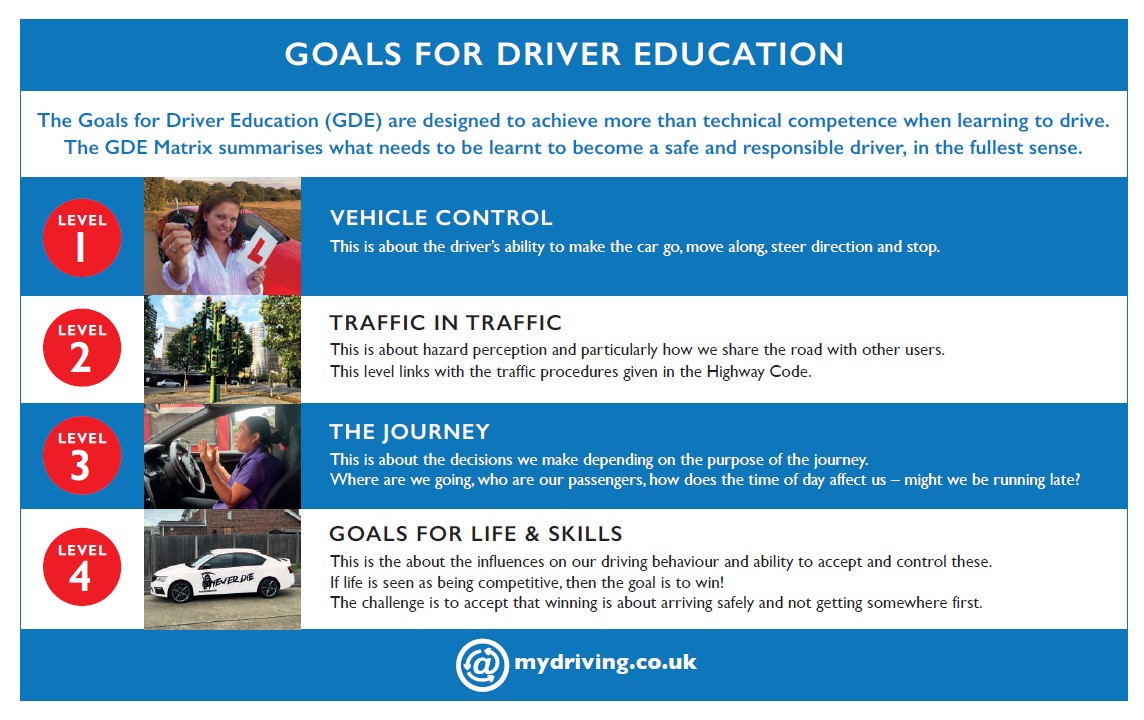Attitude, Behaviour and Competence.
Car crashes are not inevitable.
Whey they do happen, they can result in serious, life changing injuries or death.
When it comes to assessing the causes of crashes our habit is to reach for statistics. A popular figure is the crash rate of newly qualified drivers. 1 in 5 will crash within 6 months of passing their test.
Young people are more likely to die in a car crash than from any other cause. 96% of young driver crashes have little to do with practical driving skill. Rather the causes can be attributed to bad driving style, associated with attitude and behaviour.
The deaths and injuries incurred can be associated with:
1. influence of drink and/or drugs
2. not wearing seatbelts
3. mobile phone use
4. bad driving style
5. poor separation distance (the 2-second rule)
6. passenger distraction
7. eating/drinking while driving
By taking a conventional course of lessons and passing the driving test, new drivers show that they have the practical skills to drive safely and correctly. Everyone knows that it wrong to drink and or take drugs, be distracted by passengers or using mobile phones, drive too close to the vehicle in front etc, however, after passing the test, it is so easy to ignore the risks.
A different type of learning is needed to influence and shape post-test driving attitude and behaviour. This needs a commitment by driver trainers to not only instruct learners, but coach simultaneously coach them in the higher levels of the GDE (Goals for Driver Education).
The Goals below, especially the higher ones are given a special focus during driving lessons,. We draw from varying traffic scenarios, the outcome of different driving styles. We look at how to deal positively with other road users and coping with incidents of aggressive behaviour …

Road safety is our business, and something is wrong.
People in the 17–24 age group who have recently passed their driving tests are at much higher risk of having a collision than other groups of drivers.
Behaviour is not the same as skill. Behaviour is influenced by motives, attitudes, and emotional responses to traffic. Driving is a way to express our personality, sometimes this can happen in an amplified way. People who enjoy taking risks in life may well take greater risks when driving. Anti-social risk-taking when driving results in poor style; minimal attention to the road and reduced vehicle stability. The outcome is a high risk of collision involvement.
Our motive is to use the GDE matrix to produce new drivers who will stay out of costly collisons and save lives.
